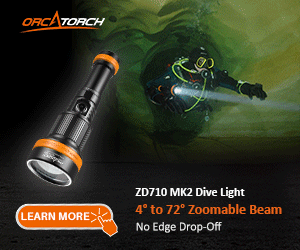From my experience, the hot-dipped galvanized cylinders are vastly more durable than their zinc sprayed, often called cold galvanized, counterparts.
Simplifying a bit, cold galvanizing works by heating up the zinc only and then applying it as a spray. Hot-dip galvanizing works by heating up both, the zinc and the cylinder. The hot-dipping leads to a metallurgical bond between the two alloys, which is very hard to break. The spray on the other hand works very similar to a layer of paint, meaning it can chip off under certain circumstances. It's not quite fair to compare it to a layer of paint, as it is a bit more complicated.
The pictures below are all of Faber cylinders only.
The damage you see all had user error at its root. Under normal circumstances, the zinc spray is plenty durable. However, leaving cylinder boots for years on end filled to the top with moist sand on the cylinders will cause damage. Equally, sharp hits or impacts can lead to the zinc layer separating from the base alloy.
This is not to say that these cylinders are not durable, they are incredibly tough. But they are not as tough as their hot-dipped galvanized cousins. From an engineering point of view, they can't be, as one bonding method is vastly superior to the other.
For damage to occur, you have to break the paint layer, the epoxy layer and the spray zinc layer. This is hard to achieve, but I'm always amazed by how "inventive" my customers have been in breaking their gear... Crucially, they seemed to have a harder time damaging their hot-dipped cylinders.
In my opinion, other companies such as ECS or Vítkovice got the zinc spray a tad better down than Faber, but their design choices or alloy composition is behind Fabers.



